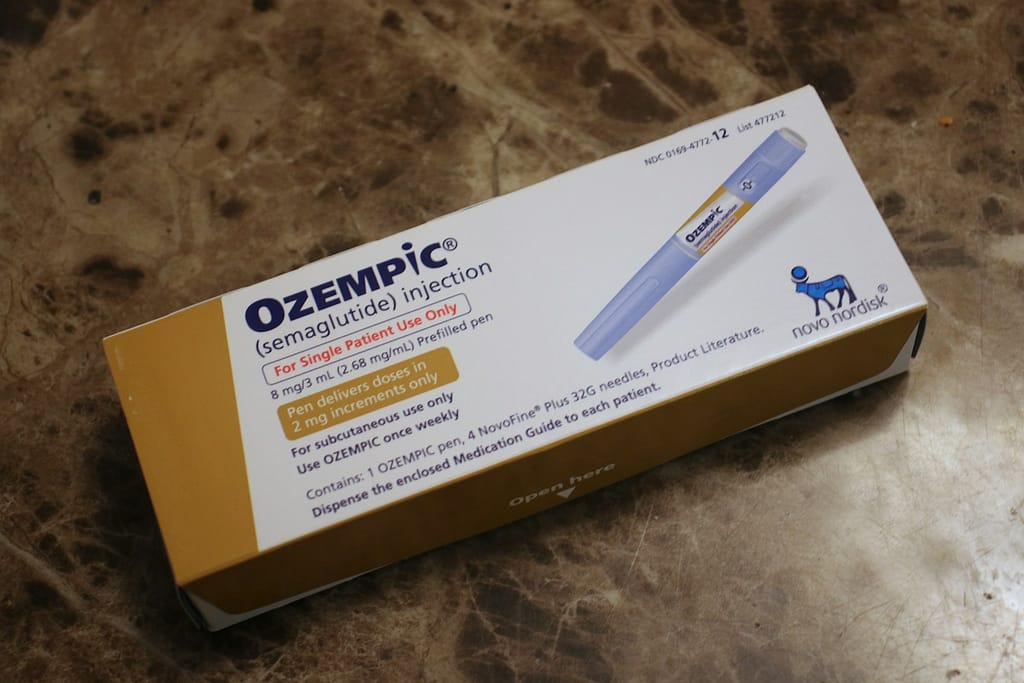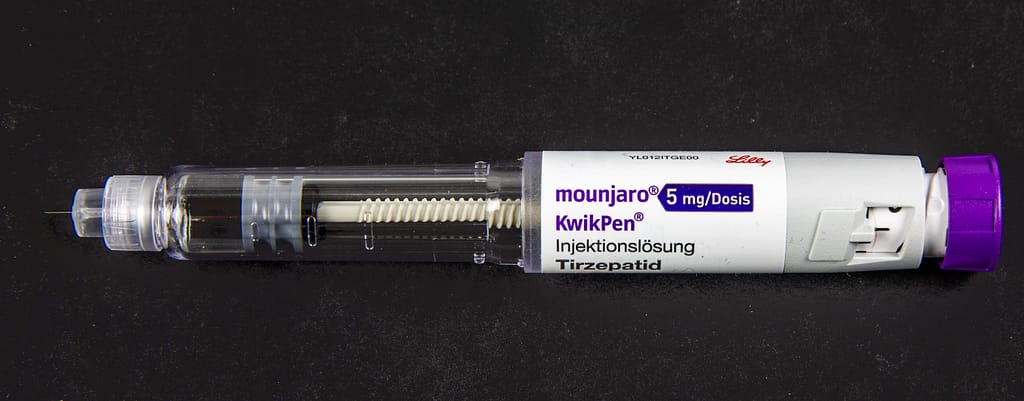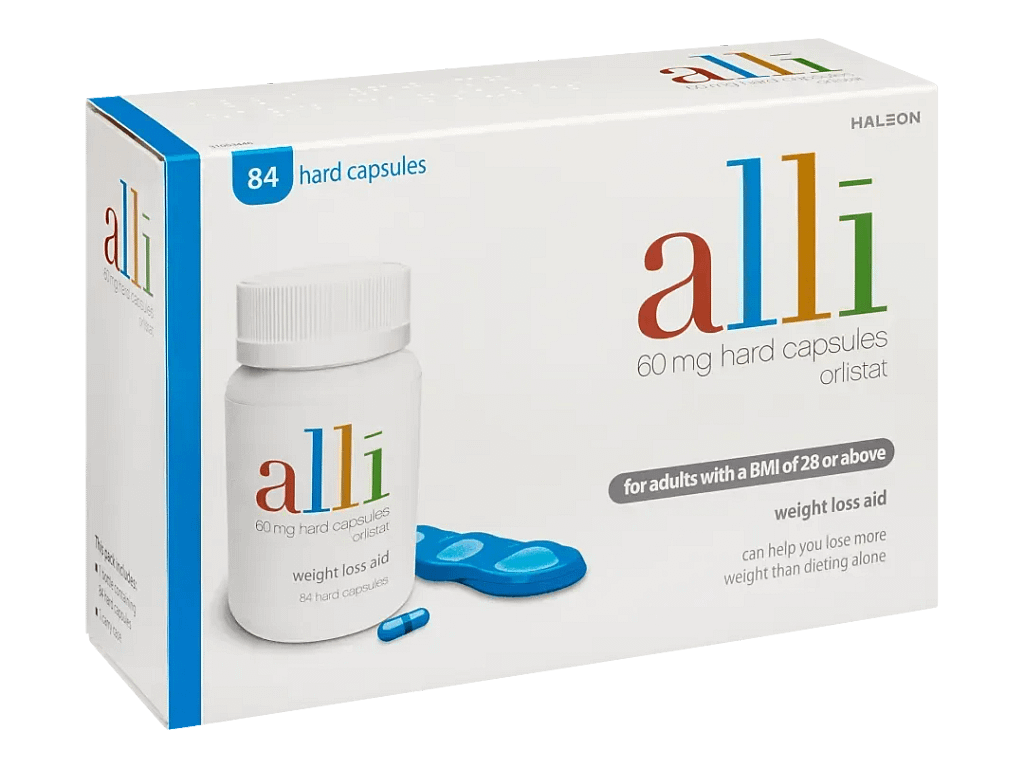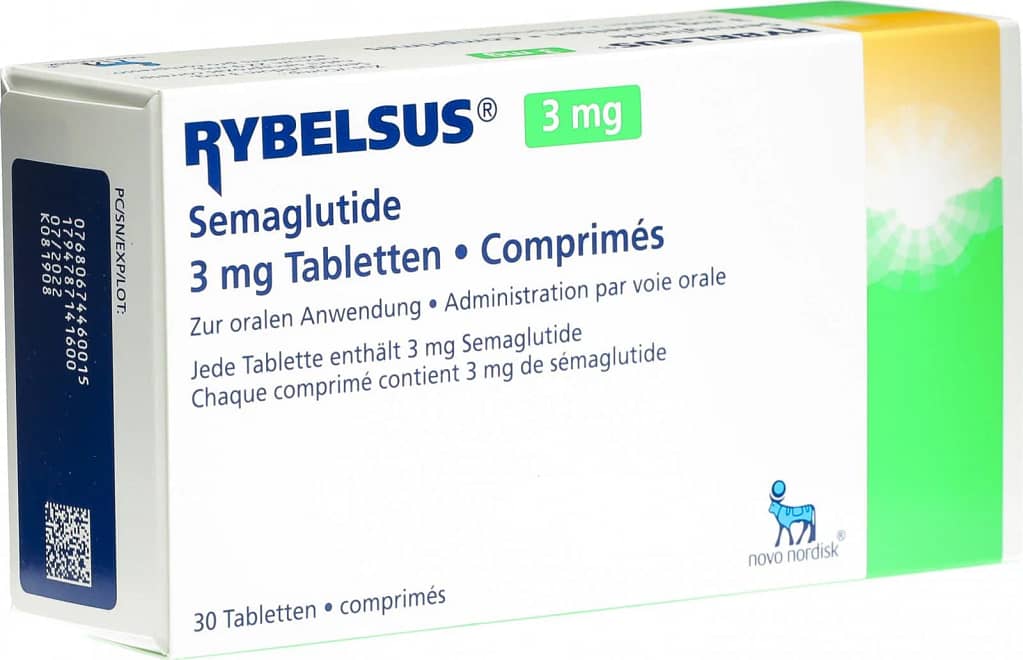Before I answer the question. Let me be clear. This information is freely available to anyone who wants to look for it. I am not a qualified physician. My ability is the common-sense presentation of this information.
I resist taking drugs as much as possible. So, jabbing yourself with a pharmaceutical once a week would not be my recommendation. I do, however, realise that some of you have been on a long journey and believe this is your best chance to finally drop weight. So, let’s examine ‘fat jabs’!
Weight loss injections like Wegovy, Mounjaro, Saxenda, and Ozempic promise dramatic results, achieving between 8% to 22.5% body weight loss by curbing appetite or blocking fat absorption. Periods vary, but you should start seeing results within two weeks.
Approved by the FDA (USA) and MHRA (UK), these prescription drugs are effective for obesity (above a BMI of 30) or weight-related conditions like diabetes, but safety requires strict medical supervision.
Common side effects like nausea are manageable, but serious risks – pancreatitis, contraception issues – raise concerns. At Nofatjabs.com, we champion natural health, with options of protein diets, fasting and natural herbal remedies as the ultimate solution for weight loss and vitality.
This post examines the safety of weight loss jabs, their benefits and risks.
Warning: Before seeking weight loss injections, consult a doctor. These prescription-only treatments require medical approval to ensure safety and suitability.
Weight Loss Injections: Success Requires Discipline.
Having been interested in health and weight loss for many years, these new injection treatments will be the holy grail for the majority of you wishing to be slimmer, certainly for the drug companies. I have anecdotal evidence of successful outcomes.
It comes down to this. The majority of the western population, overeats. The mass of what is eaten lacks good nutrition. We can examine how we got here, another time. So, here’s the common sense approach I believe would give you the best outcome if you want to use fat jabs!
If you are fortunate and the side effects are manageable. Use the injections for a set period, possibly five to six months (longer if you have further to go), to get to your desired weight. Over this period, you will be eating less. So, improve the quality of what you eat. Briefly, more Protein, fewer Carbs and cut out Sweets and Sugars. If you can eat this way, when you stop the injections, you will have a good chance of long-term success.
If the side effects concern you, and they should! What other ‘lazy’ options do you have? I will explore this question later….
But, keep eating in the same manner and you will have wasted your time, money and exposed yourself to unnecessary side effects and further disappointment!
What Are Weight Loss Injections?
In a nutshell. Weight loss injections are prescription medications for obesity or related conditions (e.g., type 2 diabetes, hypertension). FDA – and MHRA – approved options include Wegovy (semaglutide), Mounjaro (tirzepatide), Saxenda (liraglutide), Ozempic (semaglutide, diabetes-focused), Zepbound (tirzepatide, US only), Rybelsus (oral semaglutide), and Alli/Xenical (orlistat, pill). These target appetite or fat absorption, requiring a doctor’s oversight (USA: telehealth like Ro; UK: NHS for severe cases or private clinics like Superdrug). Unregulated sources (e.g., online black markets) are risky, with 369 fake Ozempic pens seized by the MHRA since 2023.

How Do Weight Loss Injections Work?
Weight loss injections, like Wegovy, Mounjaro, Saxenda, Ozempic, Zepbound, and Rybelsus, along with the oral pill Alli/Xenical, help you shed pounds by targeting your body’s hunger and digestion systems, making it easier to eat less and lose weight. Most of these drugs (except Alli/Xenical) are called GLP-1 receptor agonists, or in Mounjaro and Zepbound’s case, dual GLP-1 and GIP agonists. GLP-1 stands for glucagon-like peptide-1, a hormone your gut releases after eating to tell your brain you’re full.
These injections mimic this hormone, tricking your brain into feeling satisfied with smaller meals, reducing cravings, and slowing down how fast your stomach empties, so you stay full longer. For example, Wegovy and Ozempic (both semaglutide) are injected once a week, starting at a low dose of 0.25mg and building up to 2.4mg over 17 weeks, leading to 14–20% body weight loss in about a year, according to clinical trials like the STEP program. Mounjaro and Zepbound (tirzepatide) go a step further by also mimicking GIP, another hormone that boosts insulin release and energy use, helping you burn more calories. These are weekly injections, starting at 2.5mg and increasing to 15mg, with trials (SURMOUNT) showing up to 22.5% weight loss in 72 weeks.
Saxenda (liraglutide) works similarly but requires daily injections (0.6mg to 3.0mg), delivering 8–10% weight loss in 56 weeks, per SCALE trials. Rybelsus, an oral version of semaglutide, is taken daily and offers slightly less weight loss but is needle-free. Unlike these, Alli and Xenical (orlistat) don’t mess with hormones—they block about 30% of the fat you eat from being absorbed, passing it out in your stool instead. Alli (60mg, over-the-counter) and Xenical (120mg, prescription) are taken up to three times a day with meals, leading to 5–8% weight loss in six months if you stick to a low-fat diet. While these jabs and pills can work, they need a doctor’s oversight due to side effects like nausea or, in rare cases, pancreatitis. Understanding how these injections work can help you decide what’s best for your health.
Read and follow the instructions for each make of medication, and use only under the guidance of a qualified practitioner.
How Are Weight Loss Injections Administered?
Weight loss injections are typically administered through subcutaneous injections, meaning they are delivered into the layer of fat and tissue just beneath the skin. The most common sites for injection are areas with accessible fat pads, such as the abdomen, thigh, or the upper arm. These locations are chosen because they allow for easy access and healing, and they minimise discomfort.

The needle used for these injections is usually very fine and short, often ranging from 4mm to 8mm in length. It resembles a small syringe needle, similar to those used for insulin injections, and are designed to minimize pain during insertion. The needle punctures the skin at a shallow angle, often around 45 to 90 degrees, depending on the injection technique and the amount of subcutaneous fat.
Before administration, the healthcare provider disinfects the skin with an alcohol swab. The medication is then drawn into the syringe, the needle is inserted into the chosen site, and the drug is injected slowly. After the injection, the needle is withdrawn, and pressure may be applied to the area to prevent bleeding.
If self-administered, the same steps are followed with the use of a dose pen (see image). It is a simple case of selecting the dose and pressing the dose button with the pen held against the skin.
What Are The Side Effects of Weight Loss Injections?
| Very Common | Common | Serious (rare) |
| Nausea Vomiting Diarrhea Constipation Stomach pain Headache | Fatigue Low blood sugar (hypoglycemia, especially in diabetics) Injection site reactions Heartburn Loss of appetite | Acute pancreatitis (severe abdominal pain radiating to back) Diabetic retinopathy (vision changes) Kidney injury Allergic reactions (rash, swelling) Increased heart rate Thyroid tumors (C-cell tumors, per FDA warning) |

| Very Common | Common | Serious (rare) |
| Nausea Vomiting Diarrhea Constipation Stomach pain Headache | Fatigue Low blood pressure Hair loss Gallstones Injection site reactions | Acute pancreatitis (2.5x risk, per 2023 study) Diabetic retinopathy complications Kidney problems Severe allergic reactions Thyroid tumors (animal studies, FDA warning) |

| Very Common | Common | Serious (rare) |
| Nausea Vomiting Diarrhea Constipation Stomach pain Bloating | Reduced Appetite Low Energy Injection site reactions Heartburn | Acute pancreatitis (10 deaths reported by May 2025, per MHRA) Dehydration (from severe vomiting/diarrhea) Gallbladder disease Kidney damage Allergic reactions |

| Very Common | Common | Serious (rare) |
| Nausea Vomiting Diarrhea Constipation Stomach pain Bloating | Fatigue Reduced appetite Injection site reactions Indigestion | Acute pancreatitis Dehydration Gallbladder issues Kidney injury Severe allergic reactions |

| Very Common | Common | Serious (rare) |
| Nausea Vomiting Diarrhea Constipation Stomach pain Headache | Fatigue Low blood sugar Injection site reactions Dizziness Insomnia | Acute pancreatitis Gallbladder disease Increased heart rate Kidney problems Thyroid tumors (FDA/MHRA warning) Suicidal thoughts (rare reports) |

| Very Common | Common | Serious (rare) |
| Oily stools Flatulence with discharge Urgent bowel movements Abdominal pain Soft stools | Fecal incontinence Bloating Fatty/oily spotting Increased bowel movements | Liver injury (rare cases) Kidney stones Severe allergic reactions Reduced absorption of fat-soluble vitamins (A, D, E, K) Reduced contraceptive pill efficacy |

| Very Common | Common | Serious (rare) |
| Oily stools Flatulence with discharge Urgent bowel movements Abdominal pain | Soft stools Fecal incontinence Bloating Increased bowel movements | Liver injury Kidney stones Allergic reactions Vitamin deficiencies Reduced contraceptive efficacy |

| Very Common | Common | Serious (rare) |
| Nausea Vomiting Diarrhea Constipation Stomach pain Decreased appetite | Fatigue Heartburn Low blood sugar Bloating Taste changes | Acute pancreatitis Diabetic retinopathy Kidney issues Thyroid tumors (FDA warning) Allergic reactions |

Five Facts That Might Interest You About Weight Loss Injections!
Here are five interesting facts, published recently, about weight loss injections (like Wegovy, Mounjaro, and Saxenda), based on research and insights:
1. Heart Health Bonus
A 2023 study showed semaglutide (Wegovy) cuts the risk of heart attack or stroke by 20% in people with heart disease and obesity, beyond just weight loss, by reducing inflammation.
2. Dual Hormone Power:
Tirzepatide (Mounjaro) targets two hormones (GLP-1 and GIP), unlike single-target drugs like semaglutide, leading to up to 22% body weight loss, rivalling bariatric surgery.
3. Weight Regain Risk:
Studies show stopping injections like semaglutide often leads to regaining two-thirds of lost weight within a year, as appetite suppression fades without lifestyle changes.
4. Social Stigma Shift:
Users report rapid weight loss changes how others treat them, with strangers being friendlier, but some face judgment for “cheating” with jabs, revealing societal bias.
5. Pancreatitis Concern:
UK data links GLP-1 drugs to rare but serious pancreatitis cases (181 for Mounjaro, 113 for Wegovy/Ozempic), with some fatalities, urging caution with unregulated sources.
The Alternative to Injections without the Worry of Side Effects:
Discover Nature’s Ultimate Mitochondria Booster for Sustainable Weight Loss
Enter this revolutionary supplement, crafted to supercharge your mitochondria and unlock your body’s innate fat-burning potential. Packed with a proprietary blend of six rare, all-natural compounds, it doesn’t just mask symptoms; it targets the root cause of slow metabolism by promoting healthy mitochondrial function. Each ingredient is handpicked for its proven ability to enhance these cellular powerhouses, helping you burn more fat, boost energy, and achieve lasting results. Let’s dive into what makes it so powerful: Click the Link below to find out more:
As an affiliate, I may earn from qualifying purchases with no extra cost to you.






